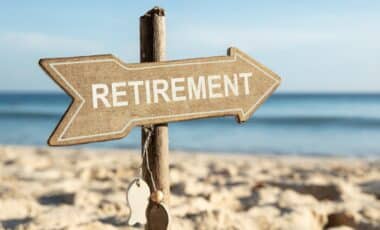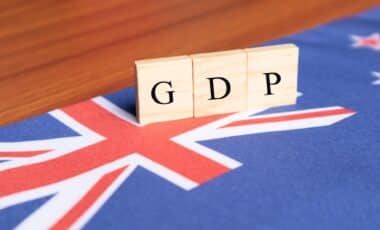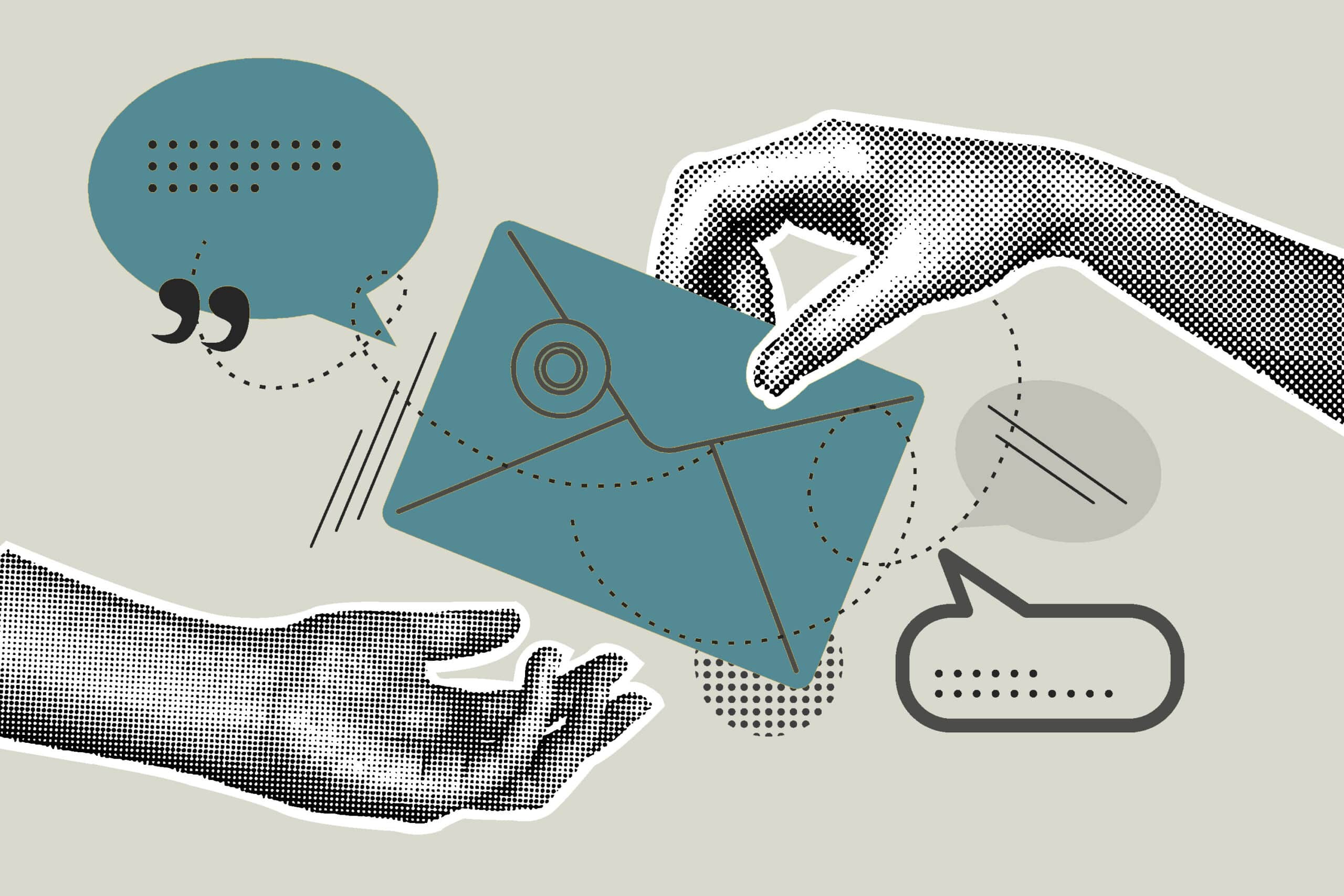For months, rising inflation and surging prices have burdened Australian households. With food, fuel, electricity, and rents all reaching record highs, millions of Australians found it increasingly difficult to make ends meet. However, recent reports suggest that the worst may be over.
According to investment research firm Morningstar, inflation is cooling, and household incomes are growing in real terms for the first time in years.
Furthermore, the Reserve Bank of Australia (RBA) has indicated that interest rate cuts may be on the horizon, raising hopes for a brighter economic outlook. Despite these positive signs, the question remains: Are Australians truly experiencing relief?
The Reality for Many Australians: A Long Road Ahead
While the numbers may be improving, the situation on the ground is more complex. Charity organisations like Anglicare, which provides emergency relief, report that demand for their services remains high.
The charity’s deputy director, Maiy Azize, expressed frustration with the claims that the crisis is over, stating that many Australians are still struggling to afford basic necessities. High energy debts, soaring rents, and the persistent cost of food continue to impact the most vulnerable.
“We’re definitely not seeing any kind of slow down in the number of people who are coming to us for things like emergency relief, for things like bill assistance, financial counselling, that’s certainly not improving. I think when people hear things like, ‘oh, the cost of living is getting better’, they might think that actual relief is in sight and things might be getting a bit cheaper. But in reality things aren’t getting cheaper for them. They don’t need our help any less.” Azize remarked.
Furthermore, despite the rise in savings rates and signs of more consistent household spending, experts caution against viewing these improvements as a sign that the crisis has passed. According to Matt Grudnoff, senior economist at the Australia Institute, price reductions are not yet in sight, only a slowdown in price increases.
For those still managing high mortgages and bills, the road to financial recovery feels long. Even with interest rate cuts, many are opting to pay down debt rather than increase their spending.
Unemployment and Uncertainty: A Lingering Concern
The rising unemployment rate is another factor contributing to the ongoing uncertainty. According to the Australian Bureau of Statistics, the unemployment rate recently climbed from 4.1% to 4.3%.
This uptick in joblessness can fuel further anxiety among Australians, making them hesitant to spend on non-essential items.
“When people are uncertain and worried about the economy, their first reaction is to kind of pay down debt and get ahead in order to build a buffer against any future kind of shock,” Grudnoff says. Such cautious behaviour indicates that while some indicators suggest recovery, many Australians are far from feeling secure in their finances.









